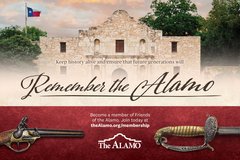The Excavation Unit 17 located on the east side of the arcade of the Long Barrack further examined the rock alignment that the archaeologists had earlier uncovered. As previously identified, the rock alignment consists of two different construction materials: cut limestone on the northern portion and stacked rough limestone to the south. Both sections of the alignment are approximately 30 to 40 cm in thickness and is sitting atop a brown soil.
As the archaeologists continued to excavate the soils to the west of the alignment, additional features were uncovered. Beneath the currently standing base of the arch, a foundation of a different construction was noted. The foundation of the modern arch extends approximately 50 cm below the surface, at which a noticeable change in construction method and materials. Portland Cement, commonly used during the late 19th and early 20th century improvements on the site, was observed holding the stones together above this line.
Below, the foundation becomes narrower and the stones are held together with a mortar that is similar to that used during the Spanish Colonial period. In addition to the change in material, the foundation extends east into the unit.
At approximately 110 cm below surface, the archaeologists have uncovered a surface between the arcade foundation and the rock alignment. The surface actually appears to extend underneath the alignment.
The surface has been left in place, with a small pocket that did not appear to have the lime surface excavated approximately another 10 cm before encountered a few large limestones that prevented further excavations. When compared to Excavation Unit 9, it appears that both floor surfaces are at similar elevations and constructed of similar materials.
When viewing the profiles of the walls of the excavation units, evidence consisting of a change in soil color reveal a possible builder’s trench. In this case, it appears the builder’s trench may be related to the reconstruction of the arcade as it only extends to the approximate depth of the evidence of Portland Cement on the foundation.







